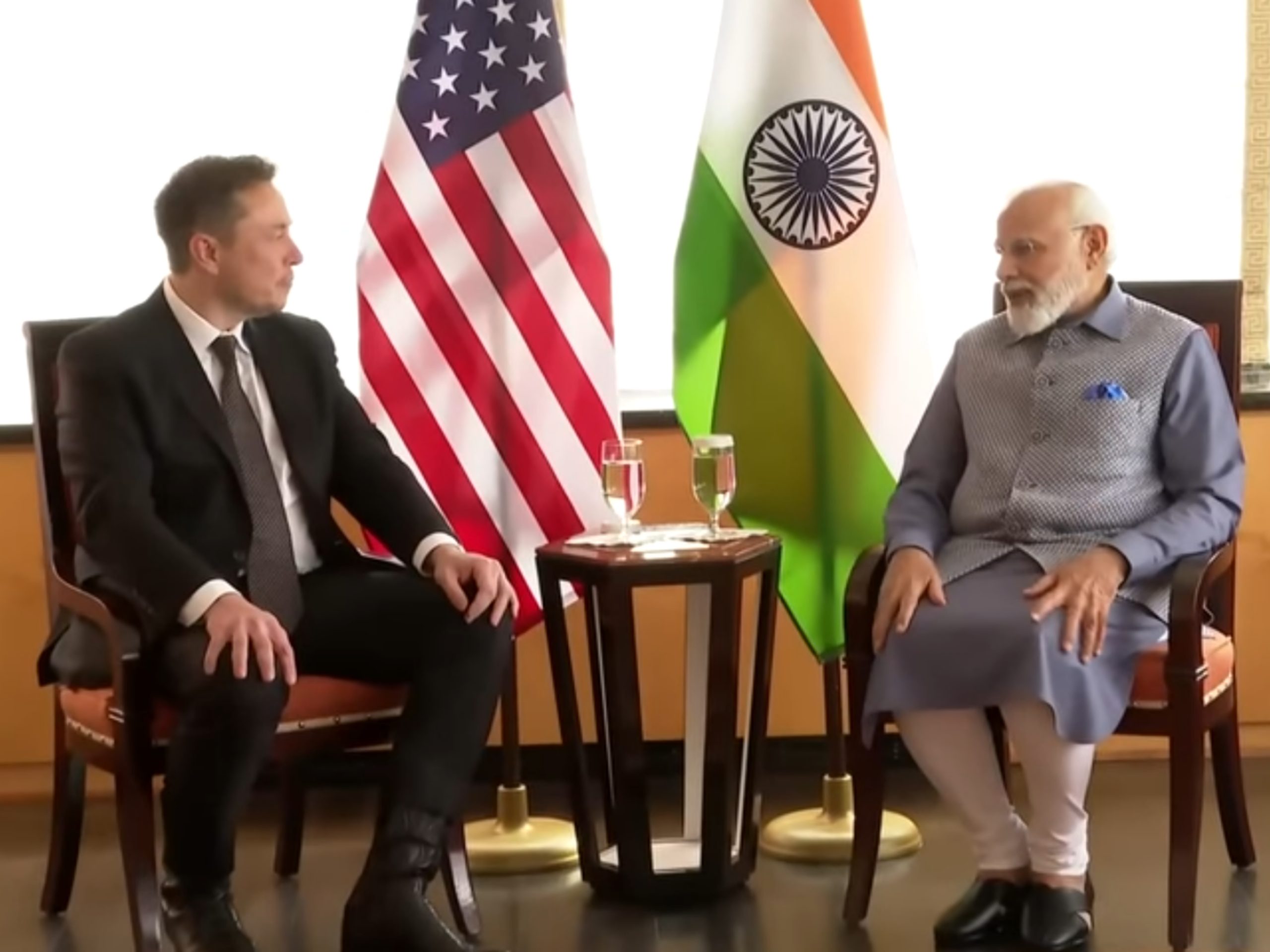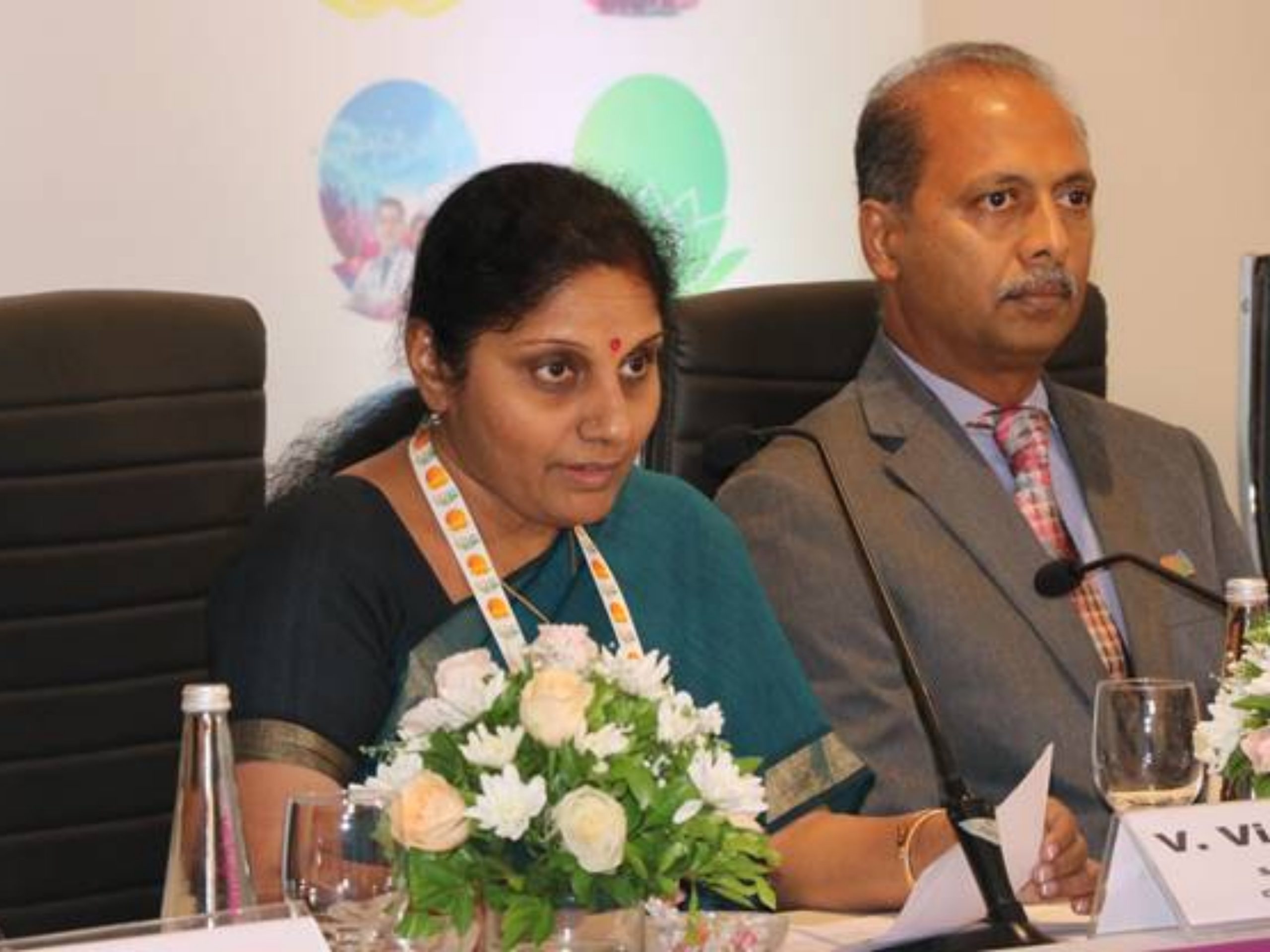IPEF: Rethinking Conventional Economic Flows With a Focus on Supply Chains

Saturday saw the announcement of a significant breakthrough and consensus in the Indo-Pacific Economic Framework (IPEF) deliberations launched last May in Tokyo. This ambitious project led by the USA has strategic significance for them and other regional stakeholders. The very fact that the agreement on supply chain coordination was announced by Commerce Secretary Gina Raimondo alongside Trade Representative Katherine Tai emphasizes how deeply the US is invested in the project. The fourteen countries include some major economies, including India, Japan, South Korea, Indonesia, Australia and Malaysia. They represent 40% of the global GDP but, most notably, are espoused to be the drivers of global growth for at least the next three decades. With the US not being part of the Regional Comprehensive Economic Partnership (RCEP) and also backing out of the Trans-Pacific Partnership under the Trump regime, the pressure on them to counter China in the region was immense.
Out of the four pillars of IPEF: Trade, Supply Chains, Clean Economy and Fair Economy, the one on Supply Chains is prominent because it brings the term and associated risks into geopolitical focus. Post the supply chain disruptions caused by Covid-19; there has been increasing attention towards comprehensively and holistically looking at supply chains beyond the traditional approach of ‘lowest cost’. The pillar can be seen building on the Supply Chain Resilience Initiative (SCRI) launched by India, Japan and Australia, three key members of both Quad and IPEF.
The dangers of misguided global trade without strategic prioritization allowed China to manipulate and take advantage of the system. This has made several countries vulnerable to supply chain manipulations and economic coercion. Comparatively, the other pillars of IPEF are part of most neo-liberal multilateral partnerships. They are thus well-explored, researched, and negotiated. Though supply chains are also inherently tied to trade, there has been a growing tendency, and rightly so, to look at them from a strategic perspective based on components and their critical nature in the national ecosystem rather than merely overall trade figures.
The previous few decades saw unrestricted globalization, with MNCs rushing towards the lowest-cost production of components and economies trying to boost their public welfare by maximizing access to necessities and luxuries at the lowest cost. Concerns regarding over-dependency and coupling were ignored, assuming the system was working in good faith. As a result, several countries, including the developed ones in the West, are now reliant upon China for critical goods like semiconductors, rare earth minerals and a majority of manufacturing components. This dependency is then weaponized for geopolitical motives.
As global technological development and infrastructure becomes more globally interlinked, the threats of cyber attacks have also increased. The possibility of backdoors in grids and networks can also not be ruled out. Countries are thus being even more careful about collaborative technological innovations and the partners for their digital infrastructure. We saw an attempt at that by the D-10 in order to build a ‘resilient’ 5G infrastructure. The cost is no longer the only consideration and is now a weighted aspect in the calculations. This was pretty evident with the outright campaign and allegations against Huawei being levelled by the West.
Resilient supply chains are an evolution between the previous dynamic of isolationist self-dependency models and unrestricted globalized supply chains. Production of goods is still segmented, and cost remains a significant factor, but now there are several additional factors like diversification, geopolitical relations, strategic alliances and others. The difference between corporate decision-making and the national interest of these economies is gradually coming to the fore.
Several nations are trying to coordinate and respond to this corporate-government non-alignment by providing incentives to bring the corporate interests in line with the national interest. The recent monetary incentives provided by the Japanese government to its firms to move production outside China is an excellent example of this strategy. Some other responses are more subtle but still effective, such as increased policy coordination, investment conclaves, supply-demand mapping and business meetings facilitated by the governments. In some other cases, negative incentives or the fear of tariffs or other sanctions play a major role.
All of these aspects are appropriately represented in the proposed three bodies for the supply chain pillar. The bodies are the ‘IPEF Supply Chain Council’, the ‘IPEF Supply Chain Crisis Response Network’ and the ‘IPEF Labor Rights Advisory Board’. Specifically, the Supply Chain Council is supposed to focus on “diversification of sources, infrastructure and workforce development, enhanced logistics connectivity, business matching, joint research and development, and trade facilitation” according to the Press Statement of the US Department of Commerce. These are essentially the core narrative approach tools highlighted above in the article.
The anti-China perspective of these upcoming frameworks and negotiations is also not lost on anyone, including the Chinese dispensation, which has gone all out to criticize the move as well as highlight its futility. Global Times, the daily tabloid of the Chinese Communist Party, has come out strongly against the meeting and used the word ‘coerced’ to describe the US-led framework and meeting conclusions. Moreover, they also came out with a piece describing the criticism and worthlessness of the framework for the Asian economies prior to the Bali round of talks. It argues that the economies need access to a trade deal and assurance of lower tariffs and market access, none of which is being provided. It additionally asserted that the majority of the IPEF economies are also part of the RCEP, which is a more concrete agreement.
The clash of perspectives is what comes out in the battle of narratives. While China is strategically inclined towards focusing on trade figures, exports, imports and free trade, the US-led alternative prioritises decoupling, diversification, resilience and crisis management. This has also reversed the past stances as now China is the staunchest supporter of free trade and globalization while the US and its allies are vouching for restrained globalization and regulated trade. Some would like to describe the West-led approach as adapting to the evolving understanding. Broadly, we see the understanding of traditional economics, free trade, and globalization itself coming under contestation. How quickly and efficiently nations respond to these would determine the upcoming decades of multipolarity.
[Prime Minister’s Office, India (via Wikimedia Commons)]
*Falit Sijariya is the Head of India’s Youth 20 Delegation (G20 Youth). The views and opinions expressed in this article are those of the author.




